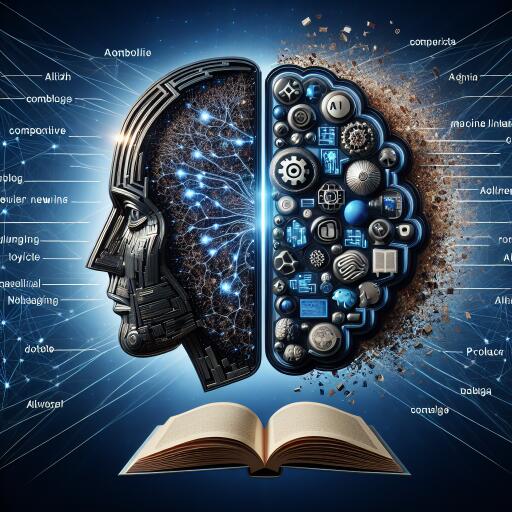Unveiling the Power of Composite AI: A Multidisciplinary Approach to Intelligence
In the rapidly evolving field of artificial intelligence (AI), innovation is not just about creating something entirely new but often about cleverly combining existing technologies to solve problems in novel ways. Enter Composite AI, also known as multidisciplinary AI, a groundbreaking approach that synergizes multiple AI techniques and technologies to forge a more robust and versatile system. This method leverages the unique strengths of various AI tools, enabling the creation of solutions for complex challenges that might stymie a singular AI approach.
The essence of Composite AI lies in its holistic approach. By integrating different AI methodologies, it can address multifaceted problems with greater efficiency and flexibility. This integration not only enhances the system’s capability to learn and adapt but also significantly broadens its application spectrum.
Strategies for Crafting Composite AI Systems
The construction of a Composite AI system is not a one-size-fits-all process. It necessitates a careful consideration of the problem at hand and the outcomes desired. Here are some strategies that can be employed to build a potent Composite AI system:
- Cross-Disciplinary Integration: This involves merging AI technologies from different fields to gain a complementary advantage. For instance, combining natural language processing (NLP) with machine learning algorithms could revolutionize customer service applications, providing more accurate and human-like interactions.
- Layered Approach: In some cases, building a Composite AI system could mean layering different AI technologies. One layer could handle data processing, another could focus on learning and pattern recognition, while another layer could be dedicated to decision making. This stratification ensures that each stage of the process is optimized for success.
- Feedback Loops: Incorporating feedback mechanisms within a composite system can significantly enhance its learning capability. By allowing the system to learn from its successes and failures, it can continuously improve its performance over time, adapting to new challenges as they arise.
- Data Fusion: Composite AI can also involve the integration of various data types and sources. By analyzing a rich tapestry of data, the system can glean insights that would be impossible for more narrowly focused AI technologies.
- Hybrid Models: Sometimes, the best approach is to create hybrid models that combine the strengths of different AI methodologies. For instance, coupling rule-based systems with machine learning models can provide both the precision of handcrafted rules and the adaptability of self-learning algorithms.
The approach selected for crafting a Composite AI system is critically dependent on the intricacies of the problem and the specific goals of the application. This multifaceted strategy opens up endless possibilities for innovation, catering to a diverse range of needs and scenarios.
The Future of Composite AI
As we continue to push the boundaries of what’s possible with artificial intelligence, Composite AI stands out as a beacon of innovation. By harnessing the collective strengths of various AI methodologies, Composite AI can solve not just today’s challenges but also adapt to the unforeseeable complexities of tomorrow. Its versatile nature makes it a crucial tool for future advancements, offering more comprehensive, adaptable, and efficient solutions across a broad spectrum of industries.
The dawn of Composite AI heralds a new era of problem-solving, where the limitations of single-method AI systems are transcended through collaborative intelligence. This approach does not merely augment the capabilities of individual AI systems but redefines the very landscape of artificial intelligence, enabling it to reach unprecedented heights of effectiveness and utility.
In a world where the pace of change is only accelerating, Composite AI offers a promising pathway to keep ahead. Its ability to integrate and innovate makes it an indispensable asset in the AI toolkit, promising to reshape how we tackle the world’s most complex problems with intelligence, creativity, and precision.










